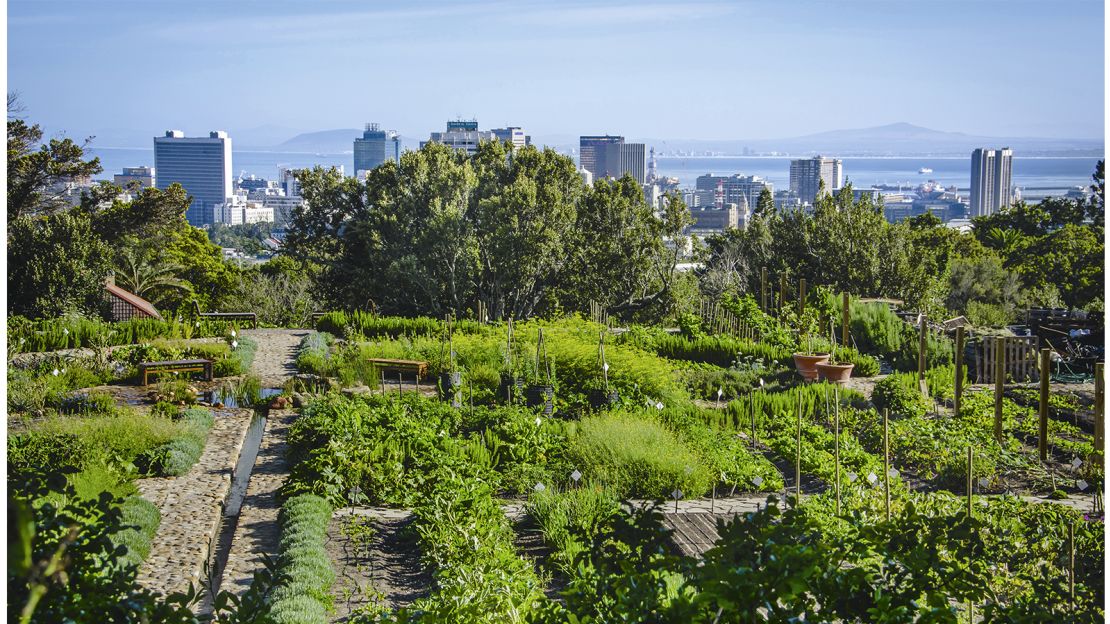Fascination About City Blooming
Fascination About City Blooming
Blog Article
The City Blooming PDFs
Table of ContentsThe Basic Principles Of City Blooming Everything about City BloomingCity Blooming Fundamentals ExplainedThe 25-Second Trick For City BloomingCity Blooming - An Overview
Interested in growing food available in the City of Chicago? Considering starting a neighborhood garden? Modifications to the Chicago Zoning Ordinance allow farming uses like community yards and metropolitan farms in several parts of the city. Below is a list of regularly asked questions regarding the rules and laws that cultivators must take into consideration when preparing an urban farming job.
The zoning change does not change any type of various other codes taking care of composting, building permits, acquiring or leasing City possessed property, service licenses or environmental contamination. There are existing codes that manage these issues and they stay in full impact and might be relevant to your project. Neighborhood yards are typically possessed or taken care of by public entities, civic organizations or community-based companies and kept by volunteers.
Urban farms grow food that is planned to be sold, either on a not-for-profit or for-profit basis. Because of their business purpose, metropolitan ranches require an organization certificate. Yes. A community garden is permitted to sell surplus create that was expanded on website if the sales are accessory or subservient to the garden's main objective defined over.
More About City Blooming
The amount of compost product can not surpass 25 cubic lawns at any offered time according to the requirements in 7-28-715 of the City's Municipal Code. Due to the fact that the dirt at many new yard sites requires modifying, compost, soil, wood chips, or other products can be obtained to create or improve the growing room.

If a building permit is needed then the hoophouse will certainly be taken into consideration an accessory structure. You can discover out more concerning the building permit needs by getting in touch with the Division of Buildings. The 25,000-square-foot dimension limit is planned to prevent a solitary community yard from dominating a provided block or detracting from the block's existing residential or business character.
The limit does not use to gardens found in Public Open Space (POS) districts. Can there be even more than one area garden that is 25,000 square feet on a single block? Yes. The size limitation puts on private yards, not to individual blocks. No. Secure fencing is not called for, however, gardens that have huge parking locations may be needed to install fence or other landscaping attributes.
Fascination About City Blooming
B1 & B2 districts need that all commercial use activities be conducted indoors. Is fencing needed for city ranches? Fencings may be required, along with landscaping and testing, for specific car park areas and outdoor work or storage space locations depending on area and the specific task taking place.
Urban ranches call for building licenses and zoning approvals prior to building and construction (fruit and vegtables). Various other types of city testimonial might be needed depending on certain frameworks, activities, dimension, landscape design, licensing, public heath and stormwater administration issues.
Yes. The kind of permit is established by what is happening at the site. The Division of Business Matters and Customer Security can assist identify the particular kind of company license that's needed. Yes. Off street vehicle parking is needed for the majority of industrial projects in Chicago. The needed variety of auto parking rooms is based upon the number of employees working with site and not the square footage of the growing space.
The Best Strategy To Use For City Blooming

A city farm can sell garden compost product created on website, nonetheless, the procedure needs to abide with the regulations in 7-28-715 of the Chicago Municipal Code. Aquaponic systems are enabled indoors on city farms in lots of zoning areas.
Up to 5 hives or colonies of honey might be maintained as an accessory use. Nevertheless, Website beekeepers must register with the Illinois Division of Agriculture. For more details about the proposed zoning change you may contact the Department of Housing and Economic Advancement, Bureau of Planning and Zoning at 312.744.8563.
Farming in cities and urban locations A metropolitan farm in Chicago. Urban agriculture describes different techniques of growing. https://www.find-us-here.com/businesses/City-Blooming-San-Francisco-California-USA/34090046/, processing, and dispersing food in metropolitan locations. The term likewise relates to the area activities of animal husbandry, tank farming, beekeeping, and horticulture in a metropolitan context. Urban farming is distinguished from peri-urban agriculture, which occurs in rural locations beside suburban areas.
City Blooming Fundamentals Explained
It can include a movement of natural growers, "foodies" and "locavores", that look for to form socials media based on a common ethos of nature and area holism. These networks can establish using formal institutional support, ending up being incorporated into neighborhood town as a "change community" motion for lasting urban development.
The more straight access to fresh vegetable, fruit, and meat items that might be become aware with urban agriculture can enhance food safety and food safety while lowering food miles, bring about reduced greenhouse gas emissions, therefore contributing to environment modification reduction. A few of the initial evidence of urban agriculture originates from Mesopotamia.
Report this page